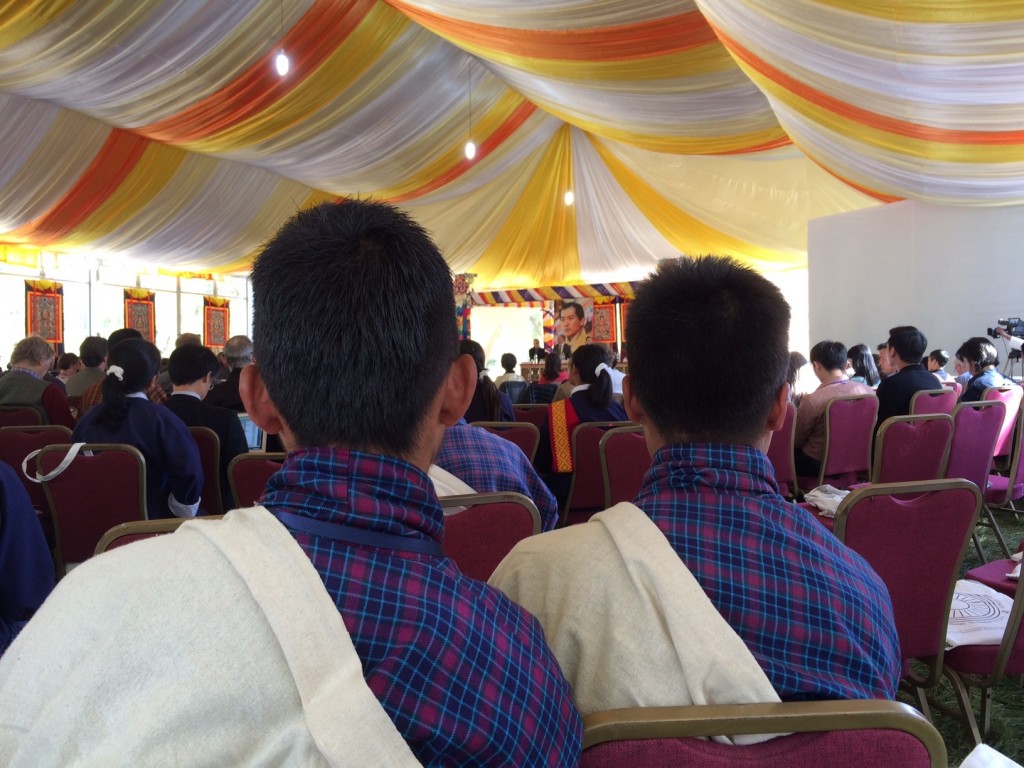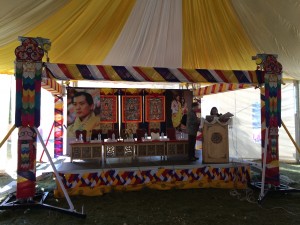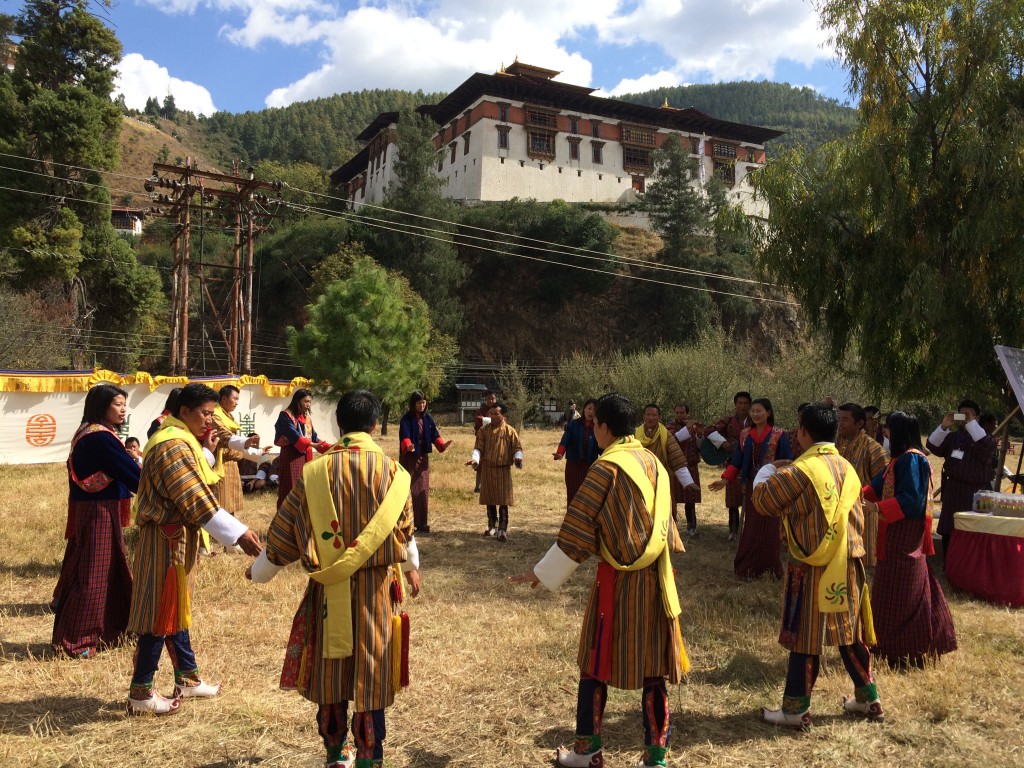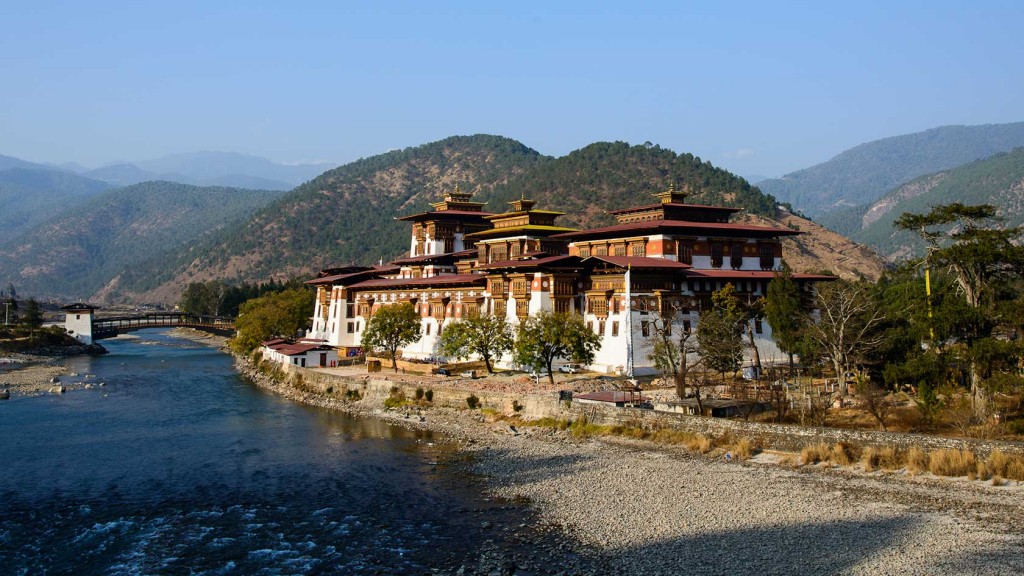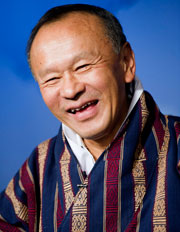In the beginning of this year, I formulated no less than ten New Year’s Resolutions. For me, the end of the year is the natural moment to look back and review what I experienced and achieved throughout the year.
This is how I did:
- Live together with the girl I feel in love with last year
Yes! And it is a very special experience. Moving in together comes with some challenges. But these challenges are insignificant in comparison to the wonderful pleasure of being together every day.
- Track and improve my sleep
Fairly well. Especially in the beginning of the year, I used sleep-tracking apps. They helped me somewhat improve my discipline in going to sleep and getting out to bed on time. But I haven’t systematically used them all year round. And my sleeping habits still can improve.
- Expand my blog
Not bad. Especially after summer, I’ve opted for a somewhat slower frequency. I’ve taken the chance to take on some speaking occasions presenting my work in this field. But maybe most importantly, I’ve visited two ‘happy countries’ this year: Denmark and Bhutan.
- Work on my health by running or by yoga
Could be better. I regularly do yoga, but not every week. And while I ran a personal best at the 5k (22 min 20 seconds!), I have only ran in training for that race, not all year round.
- Celebrate my 30th birthday
Yes! And I celebrated it well, spending a weekend in the Belgian Ardennes with a group of friends.
- Continue to do well at work
I think so. My role within our team has grown this year. And in the last week before the holidays, I won a new promotion (yeah!)
- Travel to two new countries: Portugal and Bhutan (finally!)
Yes! I spent two weeks in both of them, discovering different towns and landscapes and learning a lot about their culture. And apart from these two, I also visited Denmark for the first time and made stopovers in Nepal and Qatar en route to Bhutan.
- Watch at least one new TED talk per week
Almost. I’ve had a good amount of inspiration in watching TED talks this year, with topics ranging from basic income to indoor plants to improve air quality in house and from the strength of Muslim women in peace processes to cold-water surfing. While I saw many, I don’t think I got to one per week. And unfortunately I did’t attend any TEDx events this year.
- Read novels and books about happiness
A little bit! A quick glance at my current happiness bookshelf suggests there aren’t too many additions: books on the November GNH conference in Bhutan and The Power of Negative Emotions being the exceptions. Still, (un)happiness was also a theme in other books that I read, such as Haruki Murakami’s title Norwegian Wood. And reading A History of the World in Twelve Maps also made me happy!
- Become a better public speaker
Yes! Two and half years after joining, I finished Toastmasters International‘s Competent Communication programme. And I undertook some public speaking opportunities to talk about my discoveries on happiness.
Especially in the beginning of the year, I occasionally took a glance at the list to remind me what I wanted to achieve. But as the year progress, I took more and more distance. And now, I don’t even understand why I needed ten goals.
Goals are helpful to meet objectives and develop yourself. But if there is one goal I have for 2016, it is to have less goals…



